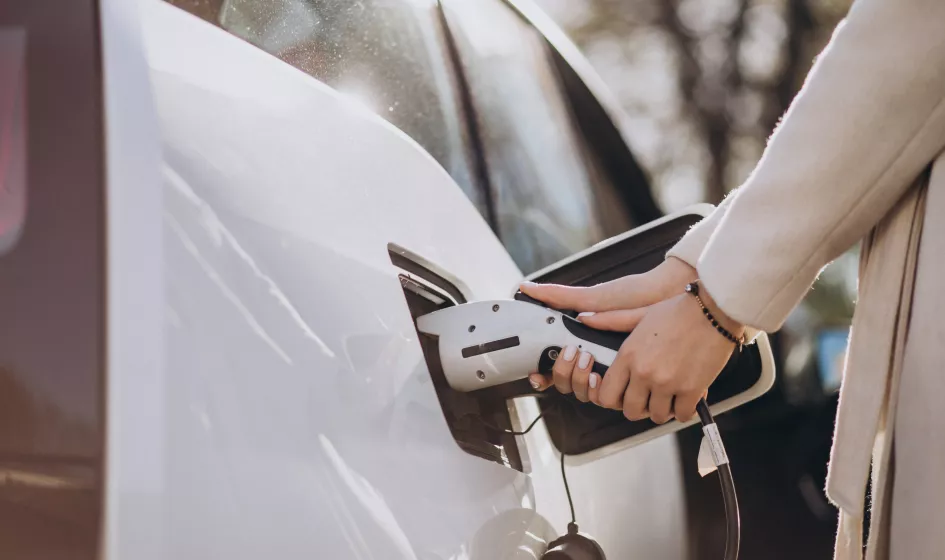Greenhouse gas emissions are directly responsible for global warming. Their reduction is a major global priority. A substantial part of this problem is linked to the pollution generated by internal combustion vehicles. Electric vehicles provide an available, ecological and responsible response to stop these negative environmental impacts.
The widespread introduction of fast and intelligent charging networks is the central element of the electric vehicle challenge. This is the reason why the WATTBOOSTER project has decided to set itself the following objective: to boost the charging stations of conventional electric vehicles by equipping them with renewable energy production facilities and storage systems. The aim of this system is to optimise the energy produced and consumed locally.
The initiative is based on the upgrading of existing charging stations. The number of electric vehicles using the station can be doubled without the need to resize the connection to the public grid. The consumption of locally produced energy is optimised. The other innovative aspect of the project is based on the use of second life batteries from electric vehicles. After a few years of operation, electric vehicle batteries can no longer provide sufficient performance for electro mobility. They can however be given a second life in static storage systems. As a result, WATTBOOSTER has improved the availability of the charging station and reduced the energy costs.
WATTBOOSTER's stated goal is to equip 1000 charging stations by 2025 in the European Union and Great Britain. The prospects for strong growth in electric vehicles in the coming years are encouraging and requires faster, more flexible, more economical and more ecological charging solutions.
The SUNSYS PCS² 66kVA bi-directional converter from Socomec is the core of the charging station. It enables:
- Energy to be stored in batteries when the local production and electricity supplied by the grid exceed consumption,
- To reinject it when the consumption for recharging vehicles is higher than the combination of production + grid supply.
The charging station is connected to a cloud server hosting a peak clipping algorithm to control the limitation of power demand from the network. These initial pilot projects allowed all the components of the WATTBOOSTER project to be tested.
Auteur : "Senivpetro"
Lien attribution : Voiture photo créé par senivpetro - fr.freepik.com




